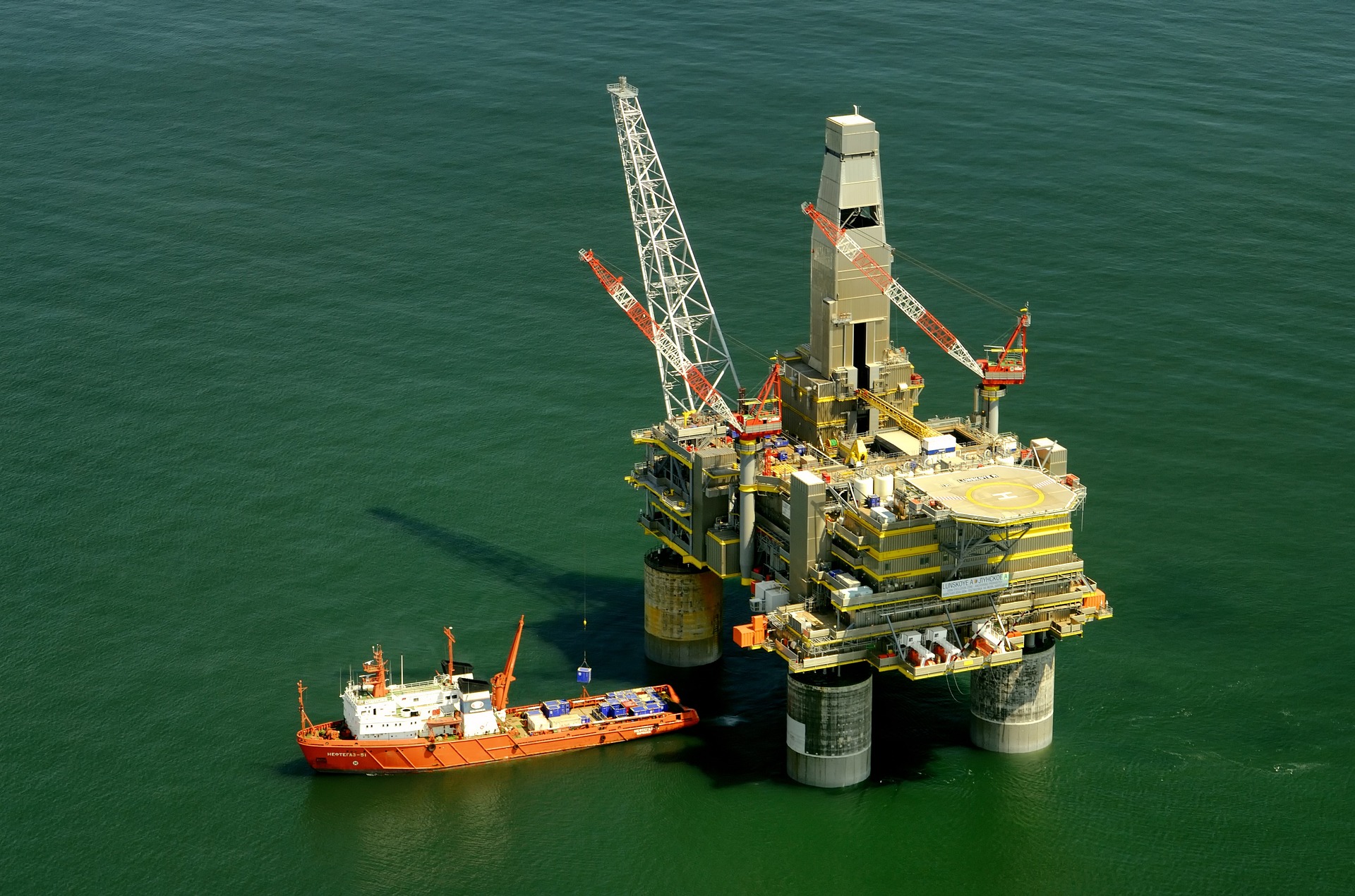Offshore Careers: How Entry-Level Roles Introduce New Workers to the Industry
Offshore careers span sectors such as energy, marine operations, and industrial support, with many teams offering structured pathways for newcomers who begin with minimal experience. Entry-level responsibilities often focus on safety routines, basic operational tasks, and supervised learning environments. Oil rig jobs are frequently referenced within offshore discussions, as these sites rely on coordinated crews that include both experienced and introductory roles. This overview explores how offshore work is organized, what new workers may encounter, and the considerations involved when learning about this industry.

Entering the offshore world can feel like stepping into a small, self-contained city surrounded by water. Operations never truly stop, shifts run day and night, and every task is guided by safety procedures designed for a complex, remote environment. For newcomers, entry-level roles offer a structured introduction to this setting. They provide practical exposure to equipment, workflows, and marine logistics while reinforcing the behaviors—communication, situational awareness, and disciplined planning—that keep people and assets safe. With time and practice, those early responsibilities help build competence that transfers across drilling, production, marine support, and, in some regions, offshore renewables.
Understanding offshore industries and work environments
Offshore operations span several domains. Drilling units explore subsurface reservoirs; production platforms extract, process, and export hydrocarbons; marine vessels handle supply, anchor handling, and subsea work; and construction teams install and maintain infrastructure. Weather, sea state, and distance from shore shape daily plans, with contingencies for helicopter or boat logistics. The environment is controlled yet dynamic: hot work permits, confined-space rules, and lockout/tagout procedures are routine. New workers quickly learn muster points, alarm tones, and barrier management—layers of protection that reduce risk. Clear communication, adherence to procedures, and an understanding of the permit-to-work system are fundamental to functioning safely and efficiently in this setting.
Oil rig work and operational support roles
Many people start in hands-on roles that keep the worksite organized and compliant. Roustabouts and floorhands assist with deck operations, housekeeping, and basic maintenance, moving equipment and supporting the drilling crew under clear supervision. Utility hands, painters, and washdown crews focus on corrosion control and cleanliness—important for safety and equipment reliability. In the galley, stewards support catering and hygiene standards that keep the crew healthy on rotation. Materials coordinators and warehouse assistants help track inventory, prepare lifts, and document cargo, strengthening logistics skills and familiarity with lifting plans and crane operations. Junior mechanical or electrical helpers may support preventive maintenance, learning tool control, documentation, and the importance of isolations. Radio room assistants and helicopter landing support personnel gain experience in communications and passenger movements. Each role emphasizes procedure, housekeeping, and situational awareness—the essentials of working safely around heavy equipment.
Training, certification, and safety expectations
Before traveling offshore, workers typically complete basic safety training recognized in their region. Examples include sea survival and helicopter underwater escape training, often packaged within programs such as BOSIET or equivalent regional standards. Medical fitness assessments are standard, and additional credentials may be required depending on jurisdiction and job function, such as H2S training for sour gas exposure, marine safety courses for vessel crews, or site-specific inductions. Once onboard, new starters participate in regular drills—muster, fire response, and man-overboard—and learn how stop-work authority and job safety analysis are applied. The permit-to-work process formalizes risk controls for tasks like hot work or confined space entries, and toolbox talks reinforce daily hazards. Personal protective equipment, hand-signal literacy, lifting fundamentals, and housekeeping practices are reinforced constantly. Competence grows through supervised practice, documentation, and continuous feedback.
Life onboard: rotations, living, and team dynamics
Rotations vary by asset and region, with common patterns such as 14 days on/14 days off or 21/21. Workdays are structured around 12-hour shifts, handovers, and planned maintenance or operations windows influenced by weather and logistics. Living arrangements often involve shared cabins, communal dining, and common areas that double as fitness or recreation spaces. Internet access may be available but limited, encouraging offline routines and rest. Team dynamics benefit from clarity: respect for roles, punctuality, and concise radio and hand-signal communication help multi-disciplinary crews work smoothly. Crew changes by helicopter or vessel are scheduled to balance safety and efficiency. To manage fatigue, workers pace their day with hydration, appropriate PPE, and regular breaks. Many installations provide wellbeing resources and encourage reporting of concerns early, reinforcing a culture where looking out for one another is part of the job.
How entry-level experience shapes long-term competence
The value of early offshore experience lies in structured exposure. New workers see how work packs, permits, and drawings translate into action; they learn to read the job plan, stage tools, and manage line-of-fire risks. They also become fluent in the logistics of lifts, deck space, and weather windows, and they develop an instinct for escalation—knowing when to pause and seek guidance. Over time, the combination of repetition and mentorship helps individuals qualify for more specialized tasks, whether in drilling operations, mechanical and electrical maintenance, materials management, or marine support. The habits formed early—careful documentation, clear communication, and consistent housekeeping—remain essential as responsibilities grow.
Building a personal roadmap for growth
A practical approach for newcomers is to link training to on-the-job tasks. Keeping a personal log of competencies, seeking feedback during toolbox talks, and reviewing permits and risk assessments can sharpen understanding of why controls exist. Reading equipment manuals, shadowing experienced technicians during routine maintenance, and learning basic fault-finding steps deepen technical literacy. Off rotation, studying relevant standards and refreshing safety modules maintains readiness. As clarity and confidence increase, workers can pursue additional qualifications aligned with their interests—whether equipment-specific courses, lifting and rigging credentials, or specialized safety modules. Each step builds on the foundation created by entry-level roles.
Conclusion Entry-level roles in offshore operations are designed to introduce new workers to a high-reliability environment through practical tasks, structured supervision, and a consistent safety framework. By learning procedures, building technical basics, and contributing to a disciplined team culture, newcomers gain skills that translate across offshore disciplines. Over time, that foundation supports steady progression into more complex responsibilities while reinforcing the shared priority of safe, efficient operations at sea.



